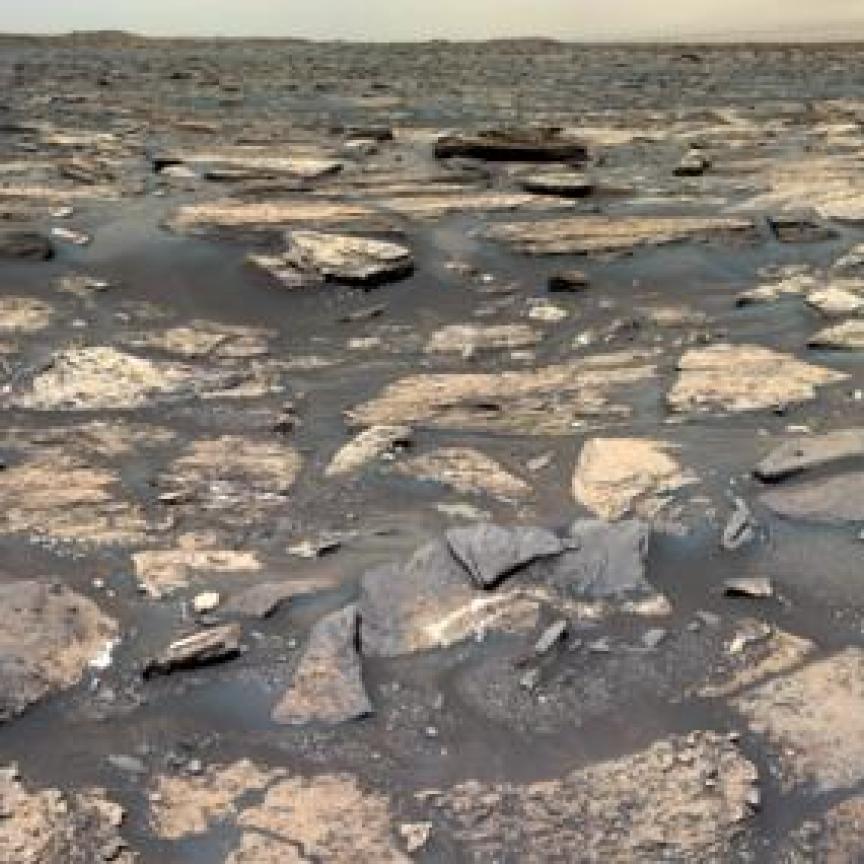In September 2022, NASA successfully redirected an asteroid in the first full-scale demonstration of asteroid deflection technology.
As a part of NASA’s overall planetary defence strategy, the impact with the asteroid Dimorphos demonstrates a viable mitigation technique for protecting the planet from an Earth-bound asteroid or comet, if one were discovered.
The Double Asteroid Redirection Test (DART) spacecraft targeted the asteroid moonlet Dimorphos, a small body just 530 feet (160m) in diameter. It orbits a larger, 2,560-foot (780m) asteroid called Didymos. Neither asteroid poses a threat to Earth.
The spacecraft’s sole instrument, the Didymos Reconnaissance and Asteroid Camera for Optical Navigation (Draco), together with a sophisticated guidance, navigation and control system that works with algorithms, enabled DART to identify and distinguish between the two asteroids, targeting the smaller body. It impacted Dimorphos at four miles per second (7km/s).
Draco used an 8.2in (20.8cm) aperture telescope and a CMOS imaging sensor. The telescope is a Ritchey-Chretien design, with hyperbolic primary and secondary mirrors and a field-flattening lens. It uses a lightweight, extremely low coefficient of thermal expansion design to maintain focus over a large low-temperature range, using an M46J/R53 composite. The mirrors are composed of a glass ceramic substrate, Zerodur, with an enhanced silver coating mounted on iron-nickel flexures. The field flattening lens is fused silica with a VIS-NIR BBAR coating. The interior of the telescope is coated with Aeroglaze-Z-306 black paint.
Draco began to image the Didymos system around 30 days before DART hit the asteroid. In the terminal phase, the images were processed autonomously on the spacecraft to determine course corrections to make an intercept. The final images it sent back to Earth will provide important constraints for modelling and interpreting the results of the impact.




